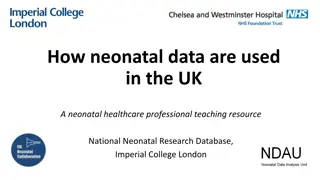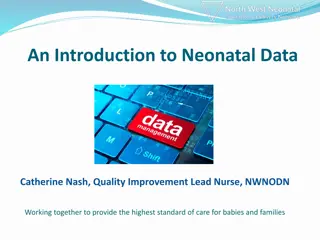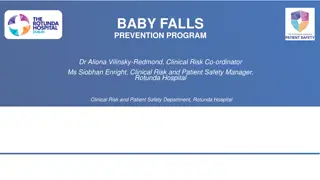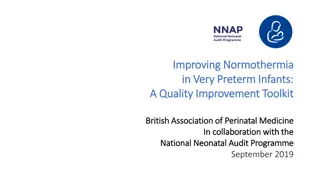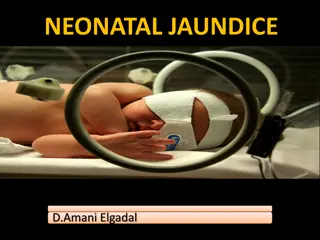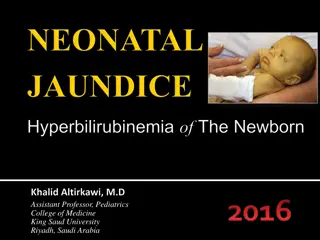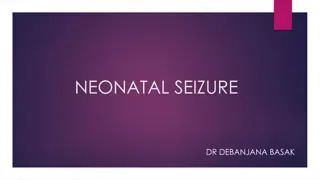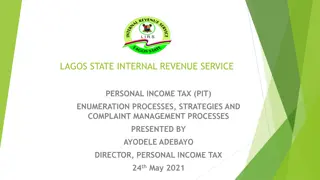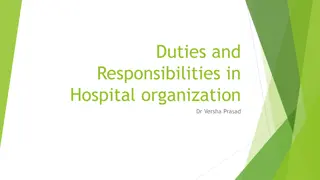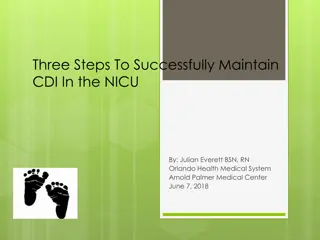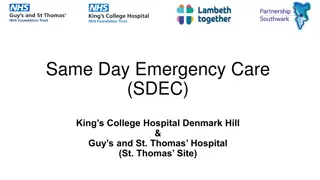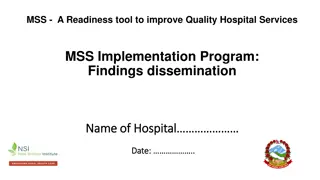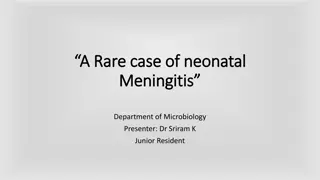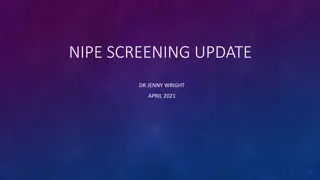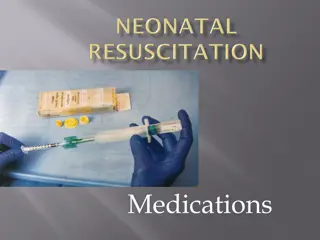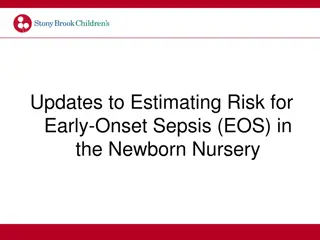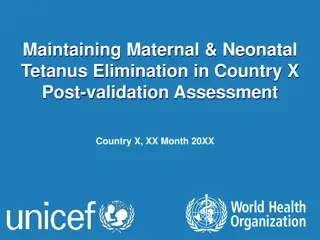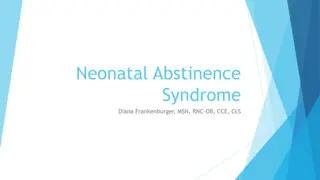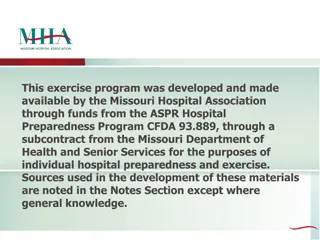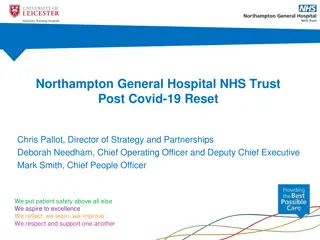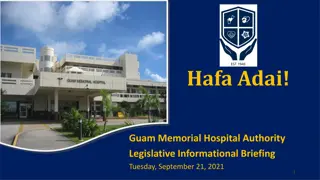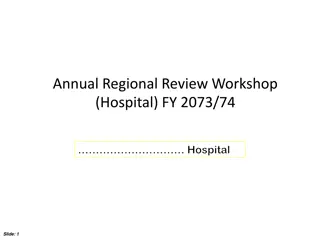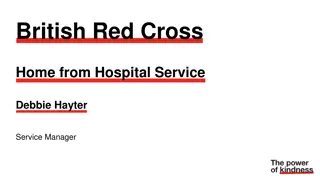Neonatal Care at Lagos University Teaching Hospital (LUTH)
Lagos University Teaching Hospital (LUTH) is a tertiary referral center providing comprehensive neonatal care services. The facility has specialized units for inborn and outborn babies, offering advanced medical care, including neonatologists, resident doctors, nurses, and support staff. LUTH also has a children's emergency center and various diagnostic and support services for the well-being of newborns. The hospital admits a significant number of preterm babies and maintains high standards in neonatal healthcare.
Download Presentation

Please find below an Image/Link to download the presentation.
The content on the website is provided AS IS for your information and personal use only. It may not be sold, licensed, or shared on other websites without obtaining consent from the author. Download presentation by click this link. If you encounter any issues during the download, it is possible that the publisher has removed the file from their server.
E N D
Presentation Transcript
PRETERM ADMISSIONS IN LUTH: AN OVERVIEW Dr Iretiola Fajolu Consultant Paeditrician/Senior Lecturer LUTH/CMUL
FACILITY OVERVIEW (1) Lagos University Teaching Hospital is a tertiary referral center It has an O& G department with ANC facilities, a labour ward with 14 suites and 2 operating theatres. There are 2 postnatal wards where stable babies are nursed by the sides of their mothers Babies are usually discharged after 48hrs from the postnatal wards There is also facility for assisted conception currently in the hospital. The Neonatal unit with two wards - INBORN ward adjoining the labour ward (for babies born in LUTH) and the OUTBORN ward (for babies born outside LUTH and referred for further care)
FACILITY OVERVIEW (2) Inborn ward admission capacity 40 with 21 incubators and 1 transport incubator Outborn ward admission capacity 40 with 15 incubators and 1 transport incubator The Neonatology unit staff strength: 4 consultant Neonatologists 10 Resident doctors 26 Nurses 8 support staff During call hours, there is a consultant on call; with 2 senior and 2 junior registrars and 2-3 house officers, sleeping in with a minimum of 6 nurses and 1 or 2 supportive staff .
FACILITY OVERVIEW (3) There is a children emergency center where babies admitted from outside are initially stabilized before admission or discharge as required The unit also has access to a pharmacy, microbiology and clinical chemistry laboratory, radiology (X-rays, ultrasound scans, CT scan, MRI), surgical, blood bank, social welfare and pathology services within the hospital. Discharged babies are followed up in the outpatient clinic till 2 years of life
FACILITY OVERVIEW - LUTH Annual delivery rate - 2400 babies Monthly admission rate 70-80 babies Monthly referral rate - 150 neonates
SOME DEFINITIONS Preterm Born before 37 completed weeks of gestation Extreme preterm = <28 weeks gestation Early preterm = 28-31 weeks gestation Moderate preterm = 32-33 weeks gestation Late preterm = 34-36 weeks gestation LBW = 1500 to <2500g VLBW = 1000 to <1500g ELBW = <1000g
PRETERM ADMISSION STATISTICS IN THE LAST ONE YEAR AT LUTH Over the one year period we admitted 1057 neonates into the neonatal wards of LUTH 401 were preterm babies (37.9%) Preterm discharges 117 (70.1%) Total mortality 116 Preterm mortality -79 (68.1%) of total mortality 19.7% of all preterm infants died 80.3% survival
PATTERN OF NEONATAL ADMISSIONS preterm 38% term 62%
DISTRIBUTION OF THE PRETERM BABIES BY PRETERM CATEGORY Late 23% Extreme 17% Early 29% Moderate 31%
MORTALITY BY WARD 250 20.8% 200 18.6 150 Deaths Survival 100 50 0 Outborn Inborn
MORTALITY ACCORDING TO GESTATIONAL AGE CATEGORY 140 120 100 80 96.9 67.2 96.9% Survival Mortality 60 45% 40 20 0 Extreme Early Moderate Late
MORTALITY DISTRIBUTION BY BIRTH- WEIGHT CATEGORY 250 97 200 150 Mortality Survival 100 55% 70.9 50 80% 0 ELBW VLBW LBW NBW
CHALLENGESTOMANAGINGPRETERM INFANTS The major challenge encountered in managing preterm infants is with the extreme LBW and and extreme preterm babies Challenges with respiratory support (unavailability of surfactant, ventilators) Maintaining temperature (incubators, KMC) Sepsis (lab support cost, delayed sampling) Feeding problems (no BM, NEC) Shortage of skilled staff Financial constraints Poor transport
WAYFORWARD Advocacy Health care workers, Government and NGO Educating the population Education of healthcare workers (ECSB) Well coordinated neonatal referral Improved funding for health care Female empowerment


